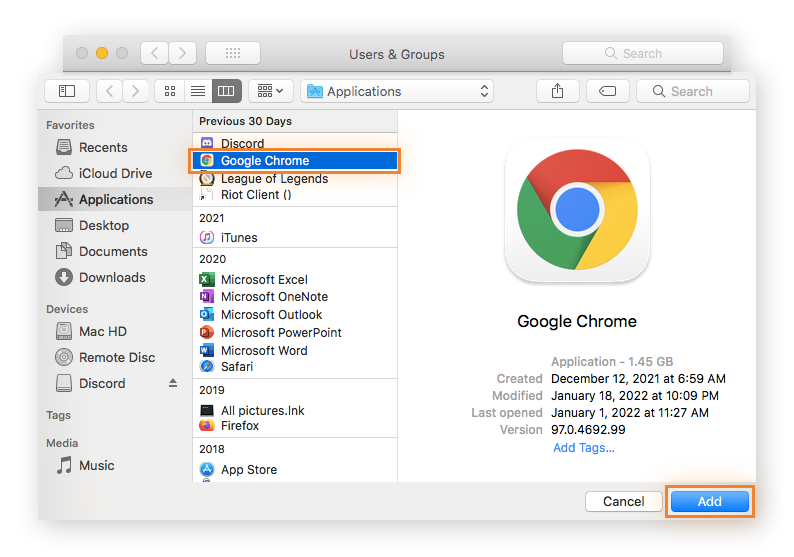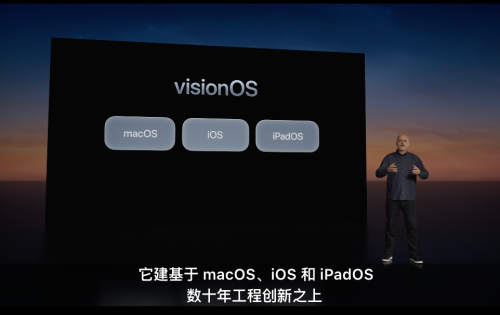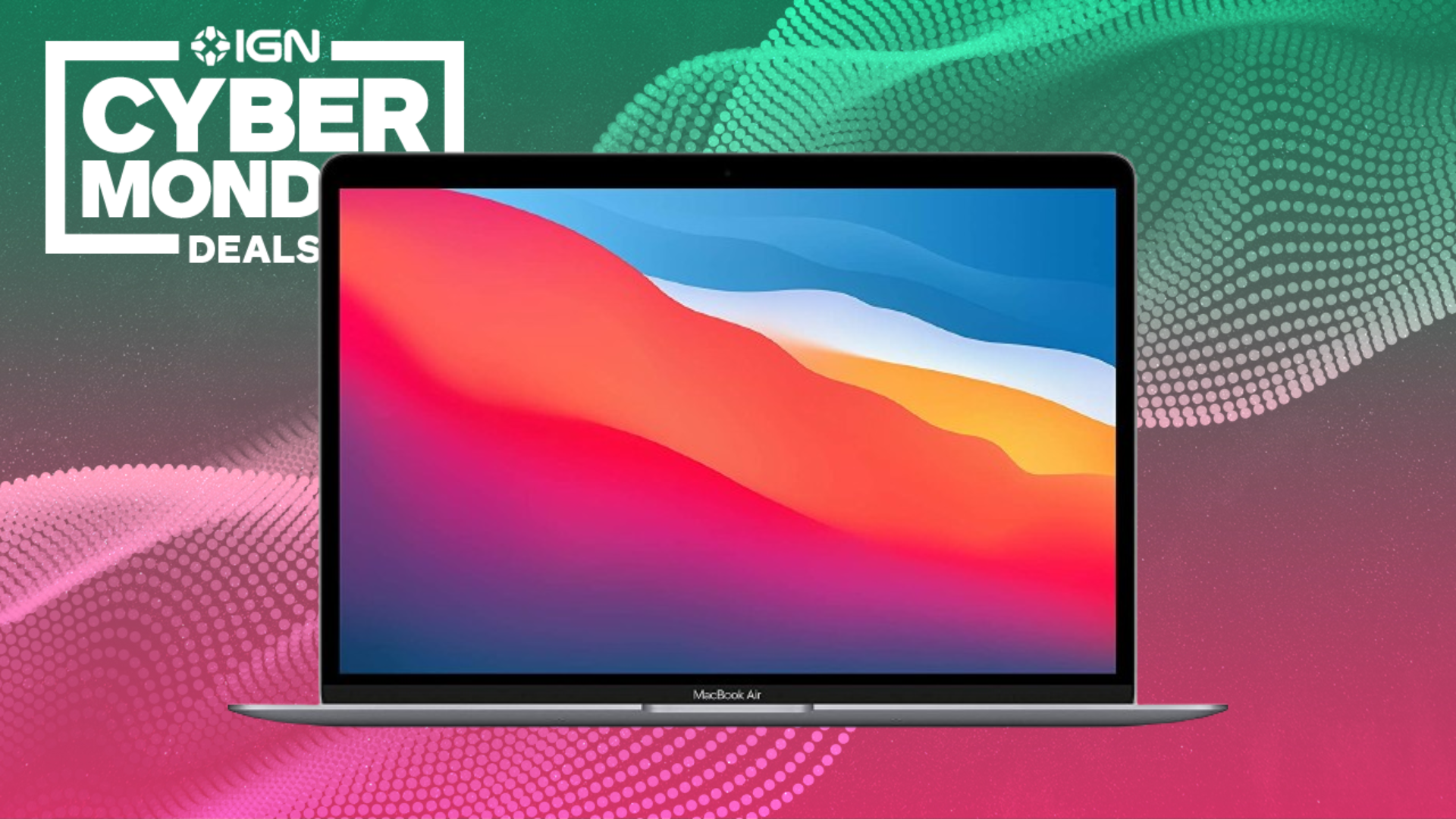
Unleashing the Power of Apps – Transforming Your Digital Experience
In today’s fast-paced digital landscape, Apps have become an integral part of our daily lives. From productivity to social networking, these tools not only enhance our personal and professional experiences but also revolutionize the way we interact with technology. As devices evolve, so do the Apps that power them, making life more efficient, creative, and enjoyable.
Apps

The world of Apps is vast and ever-evolving, presenting users with a plethora of options designed to cater to almost every need imaginable. Understanding the nuances of this dynamic ecosystem can empower users to make informed choices that significantly enhance their experiences.
The Evolution of Apps
The concept of Apps dates back to the early days of computing, where rudimentary programs were developed for specific tasks. However, the explosion of the smartphone era marked a monumental shift in how we perceive and utilize applications.
The rise of mobile operating systems like iOS and Android led to an unprecedented increase in application development. Entrepreneurs and developers began recognizing the potential of creating Apps that could streamline activities, solve problems, or provide entertainment. This boom gave birth to millions of Apps, each tailored to meet diverse user needs.
As technology advanced, so did the complexity and functionality of these applications. Today, Apps can perform multifaceted roles—ranging from simple calculators to sophisticated platforms for virtual reality experiences. The evolution of Apps has been synonymous with democratizing access to information and services, empowering users across various demographics.
Categories of Apps
The diversity in application categories allows users to find exactly what they need, whether it’s for work, education, leisure, or creative purposes. Here are some major categories:
- Productivity Apps: These are designed to help individuals and teams boost efficiency. Tools for project management, task lists, and note-taking fall into this category. Applications like Microsoft Office 365 and Trello exemplify how Apps can enhance collaboration and streamline workflows.
- Social Media Apps: Platforms such as Facebook, Instagram, and Twitter have transformed how we communicate and share our lives with others. These Apps foster connections, build communities, and sometimes even drive social change by amplifying voices.
- Entertainment Apps: Streaming services like Netflix or Spotify illustrate the way entertainment consumption has shifted. Users can now access vast libraries of films, music, and podcasts at their fingertips, leading to a more personalized viewing and listening experience.
- Educational Apps: Online learning has gained significant traction, especially in recent years. Apps like Duolingo and Khan Academy offer users the flexibility to learn at their own pace, covering topics from languages to advanced mathematics.
These categories merely scratch the surface of the expansive Apps universe. Each category houses numerous subcategories that further tailor applications to niche interests and specialized tasks.
The Impact of Apps on Daily Life
The influence of Apps on everyday life cannot be overstated. They have altered how we shop, learn, work, and socialize. Take shopping, for example; e-commerce Apps allow users to browse, compare prices, and make purchases without stepping foot inside a brick-and-mortar store.
Moreover, the integration of Apps into health and fitness regimes has made it easier for individuals to monitor their physical well-being. Applications that track workouts, diet, and even mental health have empowered users to take ownership of their health journeys.
On a broader scale, Apps play pivotal roles in shaping societal trends. They enable grassroots movements, provide platforms for advocacy, and can mobilize people around shared causes. This capacity for connection and activism illustrates the profound cultural impact Apps wield today.
Navigating App Security
With the increasing reliance on Apps, security becomes paramount. Users often need to share sensitive data, making it essential to understand the potential risks involved.
To safeguard personal information, users should always download Apps from trusted sources, such as official app stores. Additionally, being aware of app permissions and regularly reviewing privacy settings can mitigate vulnerabilities. Developers, on their part, must prioritize robust security measures during the development phase, ensuring customer trust and safety.
By acknowledging both the benefits and risks associated with Apps, users can better navigate the digital realm while enjoying the conveniences that come with modern technology.
Mac

Mac computers, powered by macOS, present users with a distinctive ecosystem that emphasizes seamless integration with Apps. Apple has cultivated a unique relationship between hardware and software, whereby Apps designed for Mac leverage the full capabilities of the system’s architecture.
The Benefits of Using Mac for Apps
Choosing a Mac over other operating systems often comes down to the user experience orchestrated by Apple’s design philosophy. Here are some benefits offered by Macs when utilizing Apps:
- Optimized Performance: Mac computers are built with an emphasis on performance and stability. This ensures that Apps run smoothly without crashing or experiencing slowdowns, even under intensive tasks.
- Built-in Security Features: Apple prioritizes user security, integrating features such as Gatekeeper and XProtect. These tools help prevent malicious Apps from compromising the system, providing users with peace of mind as they navigate various applications.
- Intuitive User Interface: The macOS interface is known for its simplicity and elegance. This intuitive layout enhances the overall user experience, enabling individuals to focus on their tasks rather than grappling with complicated navigation.
- Seamless Integration with iOS Apps: With the advent of cross-platform Apps, Mac users can enjoy a consistent experience across devices. Applications like Notes and Messages synchronize effortlessly, allowing users to stay connected and organized no matter the device.
Essential Apps for Mac Users
While there are thousands of Apps available for Mac, certain applications stand out due to their functionality, user-friendliness, and ability to enhance productivity. Here’s a glimpse into some essential Apps every Mac user should consider.
- Office Suites: Applications such as Microsoft Office and Apple’s iWork (which includes Pages, Numbers, and Keynote) provide comprehensive tools for document creation, spreadsheets, and presentations. Their robust features cater to both casual users and professionals alike.
- Creative Software: For those in creative fields, Adobe Creative Cloud provides a suite of applications ranging from Photoshop to Premiere Pro. These tools empower graphic designers, video editors, and photographers to bring their visions to life.
- Development Tools: Developers working on macOS benefit from tools such as Xcode, which simplifies app development. This platform enables programmers to create, test, and optimize their applications efficiently.
- Utility Apps: Utility applications like CleanMyMac and Disk Drill assist in system maintenance and recovery tasks. They ensure that the Mac remains optimized and that valuable data is safeguarded against accidental loss.
The Future of Apps on Mac
As technology continues to advance, the future of Apps on Mac looks promising. Several trends indicate that the development of applications will continue to evolve, enhancing functionality and user experience.
One key trend is the increased use of artificial intelligence within Apps. Machine learning algorithms can automate tasks, predict user behavior, and personalize recommendations. This means that as users interact with their favorite Apps, they will likely encounter a more customized experience tailored specifically to their preferences.
Additionally, the explosive growth of cloud technologies fosters an environment where Apps operate seamlessly across devices. As remote work becomes increasingly common, collaborative applications that function across platforms will gain traction, blurring the lines between desktop and mobile usage.
Furthermore, with the introduction of powerful chips like Apple’s M1 and M2, developers can create Apps that utilize the enhanced computational power of Macs, enabling advanced functionalities that were previously unattainable on traditional PCs.
Best Practices for Managing Apps on Mac
Using Apps effectively requires not only selecting the right ones but also managing them properly. Here are some best practices for Mac users to enhance their experience:
- Regular Updates: Keeping Apps updated ensures that users benefit from the latest features, optimizations, and security enhancements. Enabling automatic updates can simplify this process.
- Uninstalling Unused Apps: A cluttered application folder can hinder productivity. Regularly reviewing installed Apps and removing those that are no longer necessary frees up space and keeps the system organized.
- Organizing Applications: Creating folders within the Applications directory can help categorize Apps based on their usage or purpose. This organizational strategy facilitates quick access and boosts efficiency.
- Exploring New Apps: The Mac App Store provides an ever-growing selection of Apps. Taking time to explore new releases can uncover hidden gems that may enhance productivity or provide fresh entertainment options.
By adopting these practices, Mac users can harness the full potential of their devices while maximizing the benefits derived from the wide array of available Apps.
Conclusion

As we have seen throughout this exploration of Apps and their relation to Mac, the digital landscape is continuously evolving. Apps offer invaluable tools that enrich our lives, streamline processes, and foster creativity. The partnership between Apps and Mac technology empowers users to maximize their productivity while enjoying the seamless user experience Apple is known for.
By staying informed about emerging trends, prioritizing security, and strategically managing applications, users can thrive in this app-driven world. With endless possibilities at our fingertips, embracing the power of Apps is not merely beneficial—it is essential for navigating the complexities of modern life.




